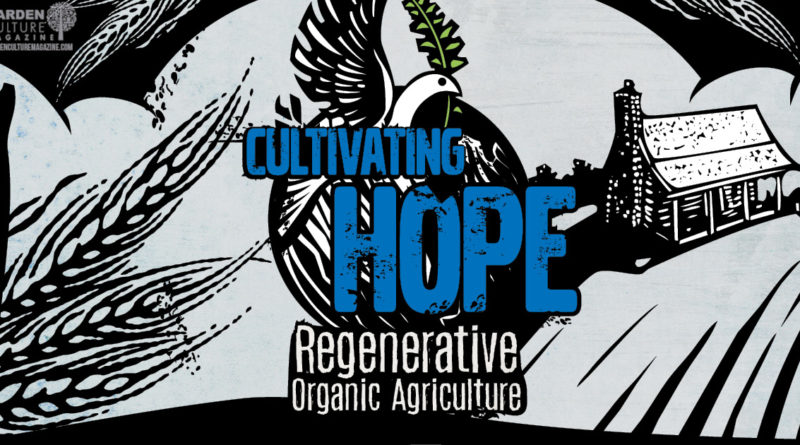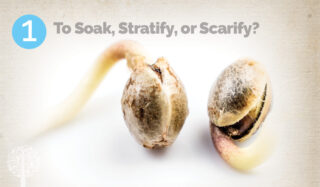Cultivating Hope Through Regenerative Organic Agriculture
Regenerative agriculture is a big topic of discussion in growing communities worldwide, but do we know what it means? When we think agriculture, we often picture large fields of crops, tractors, pesticides and fertilisers. However, the word regenerative bears a hopeful image of flourishing nature, harmoniously uniting all the elements of the plant, animal and human worlds together. It brings us the much-needed regeneration part, the urgency of building back what has been destroyed over the last two centuries or so by conventional industrial farming practices.
Unless you’ve been in a coma for the last three years, you’re likely familiar with The Youth Climate Strike, Extinction Rebellion and many other ‘green’ groups shouting the harrowing message of the impending doom of the climate collapse. Pandas will go extinct, and cities will disappear underwater; hurricanes and raging fires will be more common. These are the alarming messages we’re continuously being delivered. It has made me want to fall into a coma at times because what can I, alone, do about Brazillian forests being cut down? Fortunately for my mental health, a different and more positive message is spreading; one that inspires change, hope, excitement and connection: Be Involved.
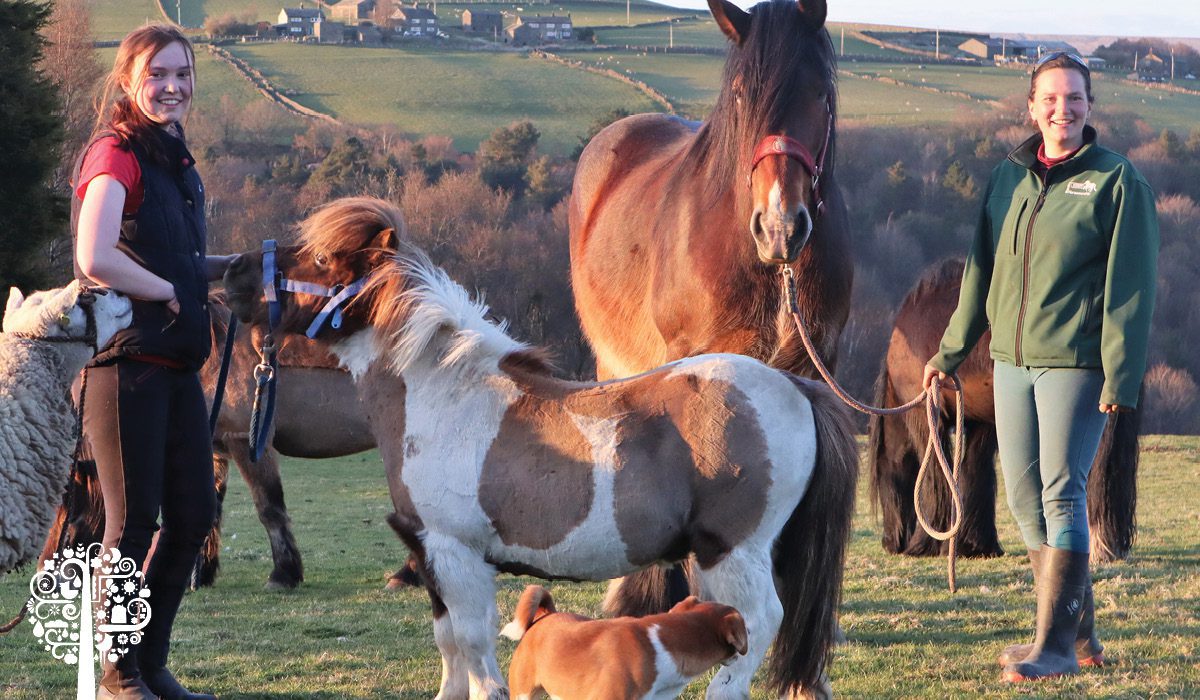
The regenerative movement applies to us all, even those who aren’t farmers. Choose a bike over a car for some of your trips and avoid factory-farmed food. Support local producers, join a community garden or grow some herbs on your windowsill. Fight for policy change. All these things will yield a better understanding of the situation we’re in and build new, resilient communities open to innovation. But let’s explore what can be done for those who have access to land and may consider being the change in the farming landscape.
Nature’s Approach
Soil fertilisers don’t treat fertility; they kill fertility”. – Dr Vandana Shiva.
Having the pleasure of working with one of the UK’s most prominent soil zoologists, Dr Charlie Clutterbuck, I had the chance to see life below the ground in action. We took samples of different soils, one from an arable field, one from a no-dig bed and one from the nearby woods. With the use of Charlie’s homemade contraption, we could extract the soil animals from the earth and look under a microscope to assess the numbers and varieties of life present. The ploughed, sprayed soil from a potato field had none. The one from a raised bed had a good presence of worms, springtails and various mites, but it was the forest floor soil that was reminiscent of a busy London motorway moving in all directions (as opposed to a clockwise standstill like the real one often does).
Nature’s support network assures that everything growing on the forest floor works. Trees provide shade and shelter for insects and birds; leaves mulch the ground and prevent it from drying out. Millions of living creatures decompose organic matter, creating organic nutrition for plants and the king of all communications, the Mycelium, which transports sugars, nutrients, and water between all parties.
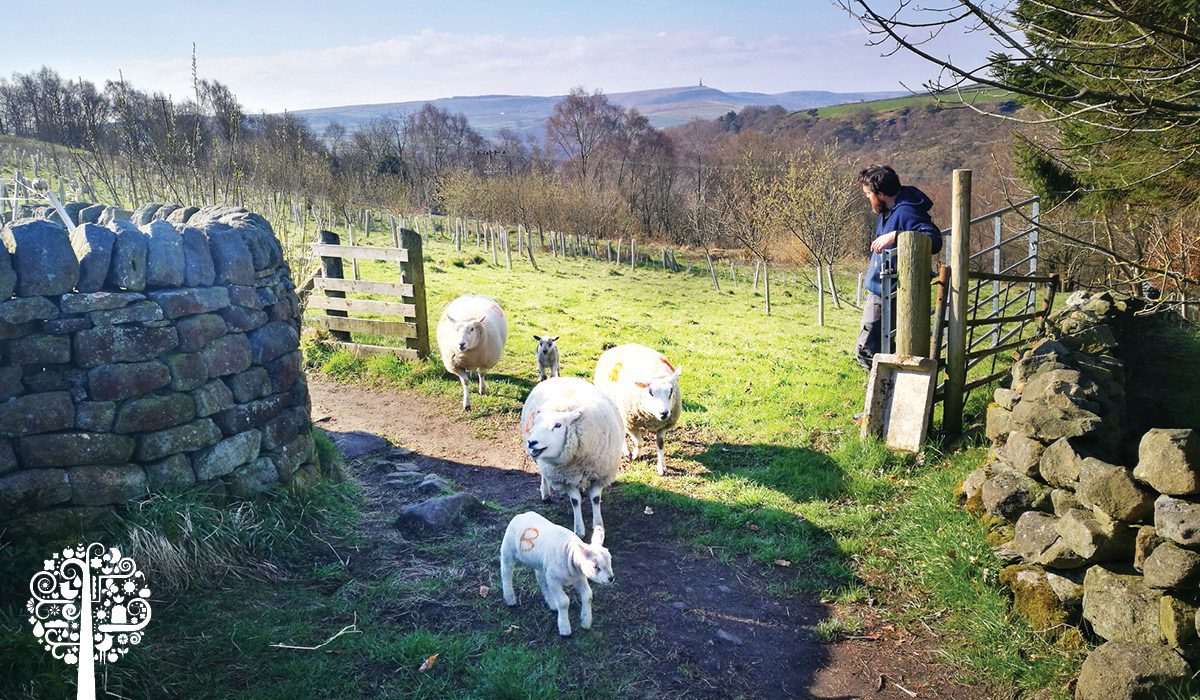
If we were to take a lesson from the forest and apply it to the farm, we would get regenerative agriculture, a system that promotes:
-
No-tilling
-
Tree planting
-
Cover crops and mulch
-
Animal grazing and crop rotation
-
Composting to rebuild the soil’s organic matter
-
Restoring degraded soil biodiversity
All these practices will produce healthy land to grow our crops and increase carbon drawdown and improve the water cycle. Many studies show how biomass-heavy soil has a much greater water-holding capacity than arable land and how organic crops have better yields than chemical ones.
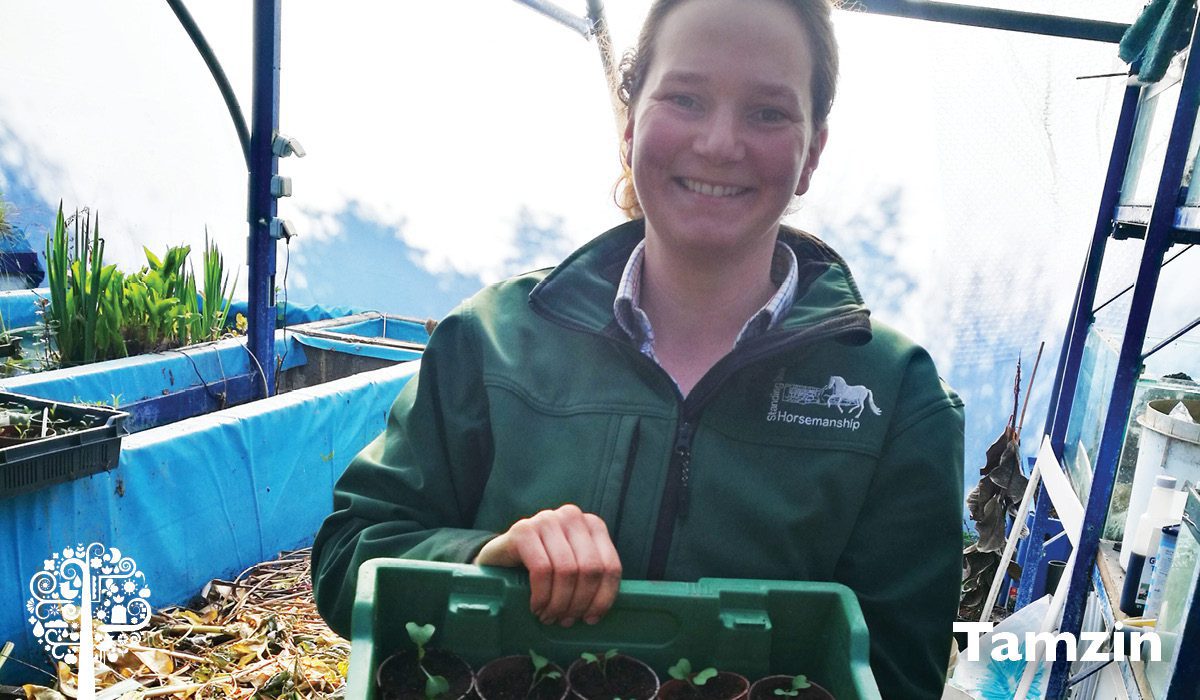
On the topic of carbon sequestration, it’s worth mentioning the new star of the show among organic gardeners: biochar. Any organic matter, be it a tree, water lily or pistachio shells, would naturally be either composted or burned, both resulting in releasing CO2 into the atmosphere. Instead, it can be put through a process of pyrolysis (extremely high heat treatment without the presence of oxygen), resulting in char – a stable, porous carbon structure that ‘locks in’ the carbon molecules and prevents them from breaking down for hundreds of years. The CO2 that would have been released into the atmosphere stays put in the form of char, effectively creating a carbon sink.
How Regenerative Agriculture Looks
StJohn (pronounced ‘Sinjon’) Brown spent his early years as an aquatic consultant specialising in growing coral. Once cheap supply from abroad made it hard to stay competitive, he returned to work the land with his partner, Tamzin Cowens, the equine specialist behind Standing Stone Horsemanship. I met them last year as we embarked on a mission to create a vegetable garden on what was previously a pig run. I observed how they follow the principles of regenerative agriculture and have a healthy relationship with their land and animals.
Their fields have a noticeable presence of dung beetles, a rare sight on commercial farms, as pesticides and animal wormers are lethal to them. Beetles improve nutrient recycling by burying the manure deep down while also improving drainage. They do it incredibly fast, which doesn’t allow the parasitic worms to develop and cause any illness to the animals. Farmers are advised that livestock should be automatically wormed, horses up to four times a year, and that the more intense farming you do, the more wormer you should use. Instead, StJohn sows various anthelmintic plants like chicory, sainfoin, and birdsfoot trefoil, which naturally disrupt the parasite life cycle. Occasionally, some sheep need worming; however, only individual animals that show signs of problems are treated. The rest of the flock stays wormer free, with 99.9% of the excrement on the land remaining safe for the soil animals. Eurasian Curlews, a bird species facing a high risk of extinction and traditionally occupying higher parts of the moorland, has been seen feeding on worms in the field for the first time this year.
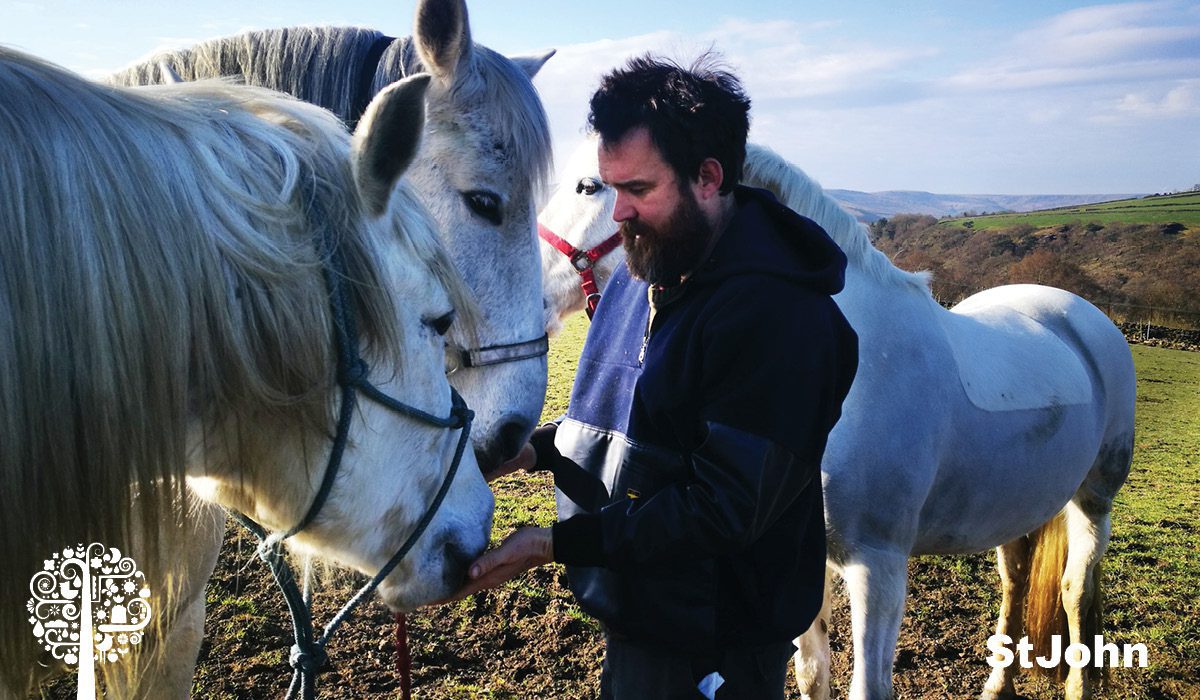
The sheep rotate between several fields, often alternating with horses, as their grazing habits differ. Sheep graze the grass low and trample the soil down, which gives native wildflowers a chance to come up before the grass outcompetes it. In May, the sheep are moved so a hay meadow can grow and provide food for the animals in winter. Various trees are planted on one of the fields, and even if the sheep get to some of the trees and nibble them, they grow back as compact shrubs. Tall trees aren’t good for diversity on the farm; dense bushes are more beneficial for birds, hoverflies and insects. There are many hawthorn and holly bushes to provide nectar for the hoverflies, predators of all the nasty insects biting the animals.
Alternatives on some farms would be to dip their sheep in organophosphate twice a year to kill all the critters. Organophosphorus compounds are very toxic to humans, even at low doses, as they travel easily through the skin.
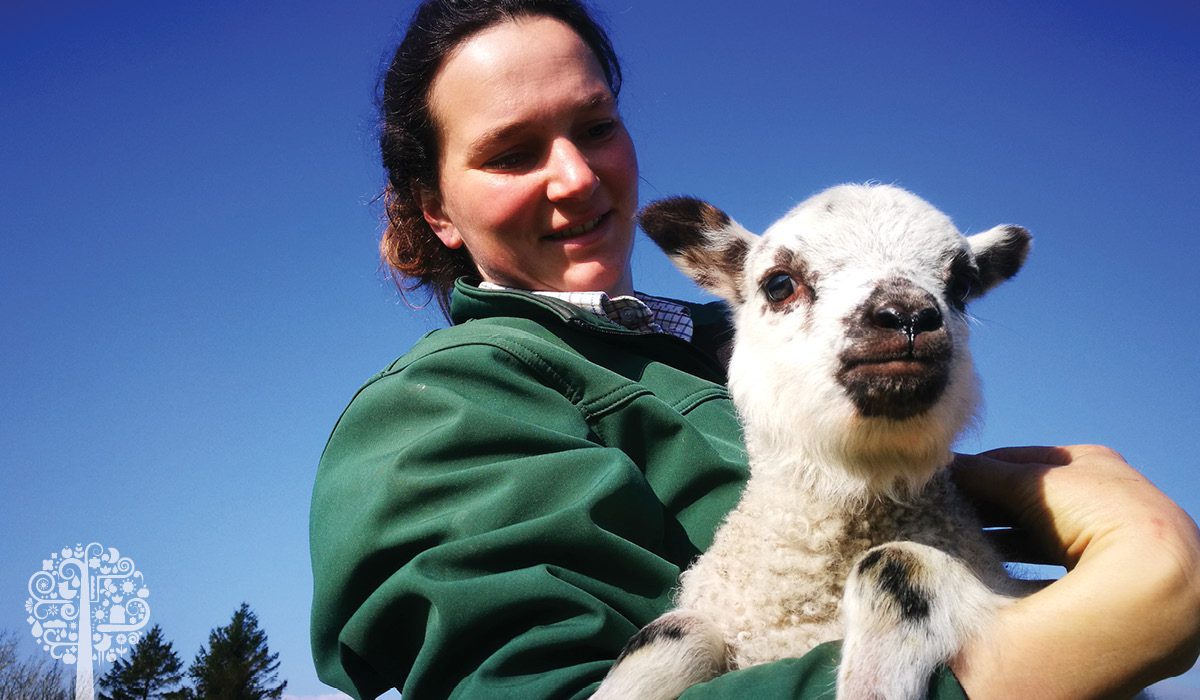
The field is also full of pignuts, or ground nuts, a tiny edible seed with a flavour and shape reminiscent of hazelnut. With nuts growing underground and white, umbelliferous flowers above, they’re a vital food source for Chimney Sweeper moths. At the height of the industrial revolution, the white moths with black specs on their wings were so visible on soot-covered trees that their numbers dwindled. The moth underwent a mutation, turning more black with white spots and becoming invisible to predators. By the 1940s, that predation-driven genetic change became the dominant strain in this area, and only in the last 20 years has it slowly reverted to its old look. Nature has all the valuable tricks up her sleeve.
Regenerative Pest Control
As we walked through the field towards one of the ponds, a drinking source for the animals and a habitat for common newts, damselflies and dragonflies, I asked which pests are a nuisance on the land. These areas aren’t overly managed, and voles can be problematic. However, they are a food source for the owls. Rabbits are only shot if they cause too much damage, their carcasses left for the birds of prey for dinner. However, the worst nuisance is the grey squirrel, which is busy decimating the songbird population in the area. Yep, squirrels eat little birds; do not google that for your sanity.
Words of Wisdom
As we walked back towards the house, I finally asked what they think their kids will gain from this kind of life. The reply was a respect for the environment and the ability to survive. Future generations will have the confidence to grow fruit and veg and look after the animals. When I asked Grace, Tamzin’s daughter, what she likes the most about living on a farm, she replied, “in the summer, you can walk around with all the sheep, and it’s a very nice environment; you can see lots of life”. The words of an eleven-year-old girl sum up the core message behind regenerative agriculture – it’s the life that’s so essential to support and sustain on this broken but beloved blue planet of ours.

